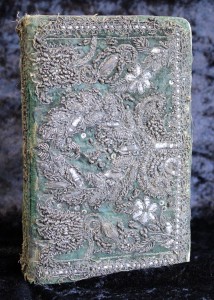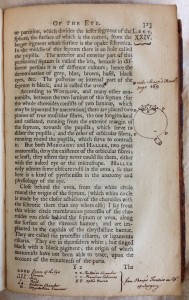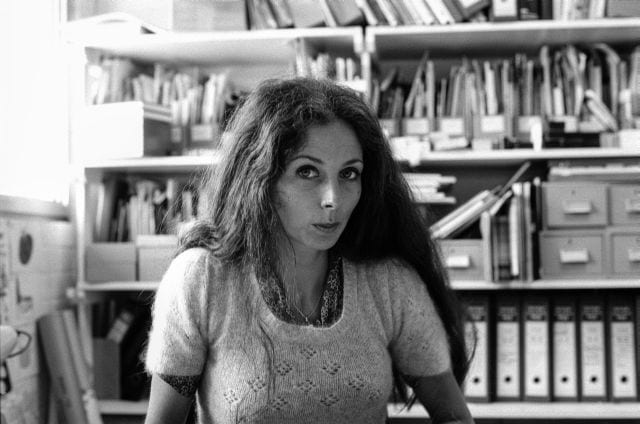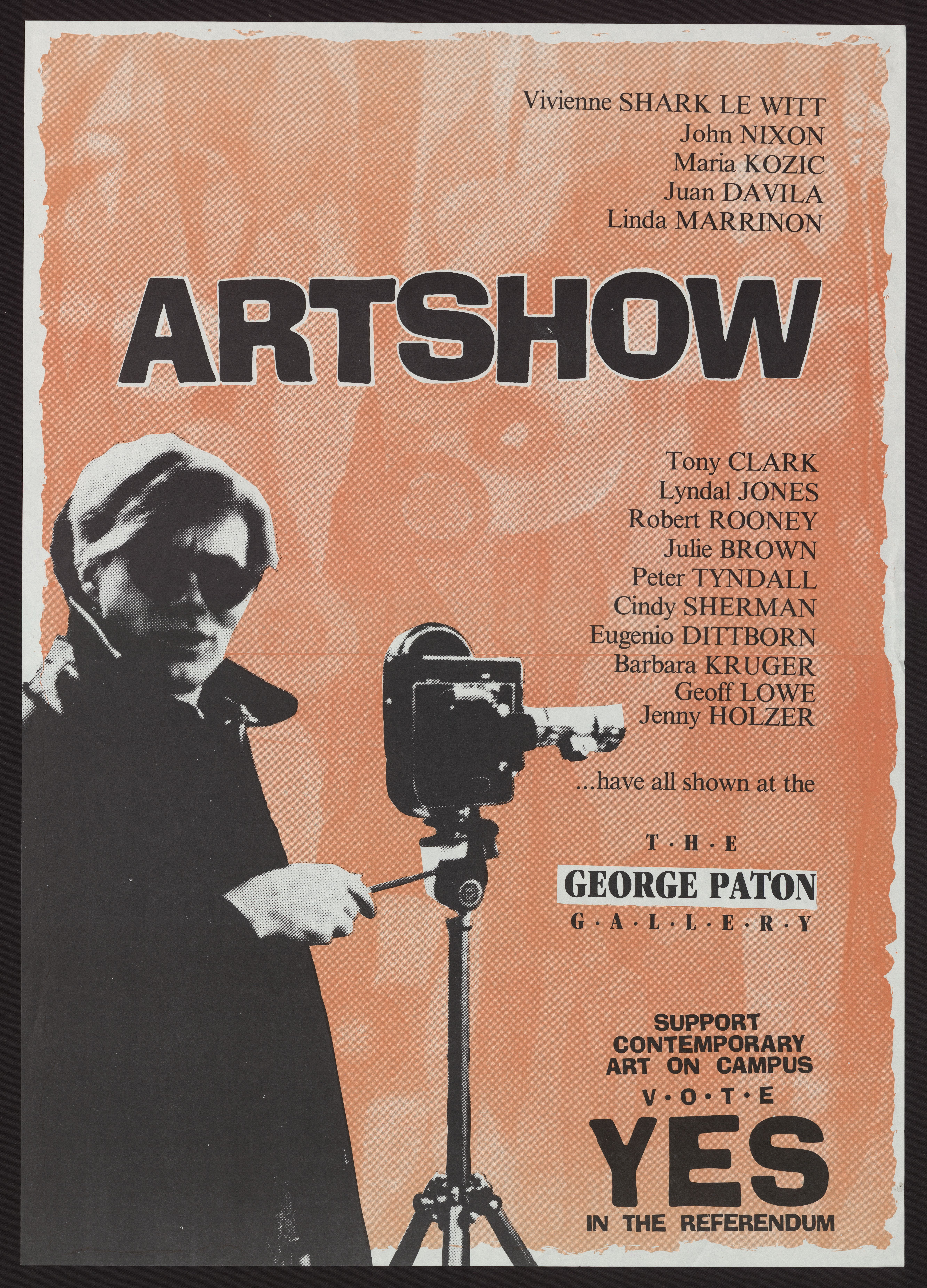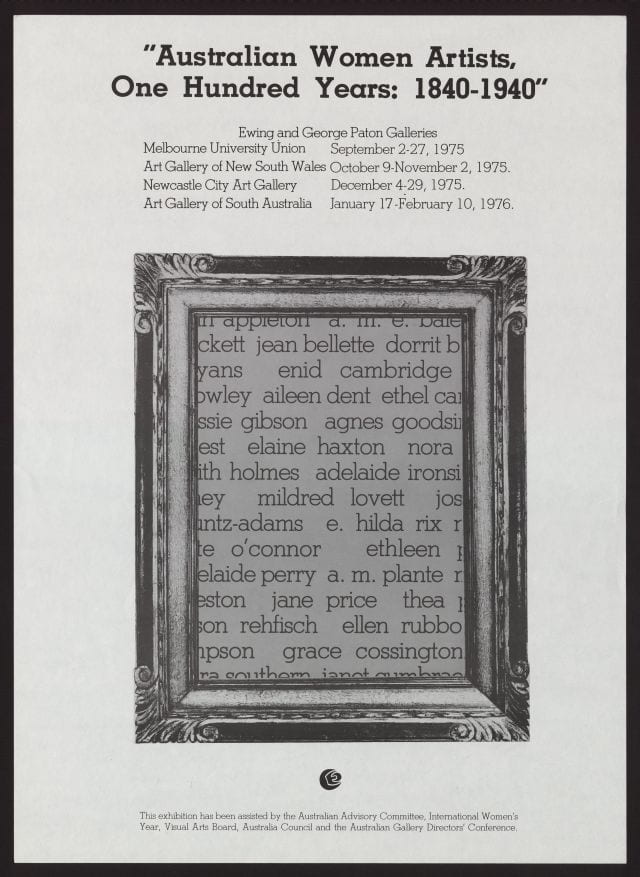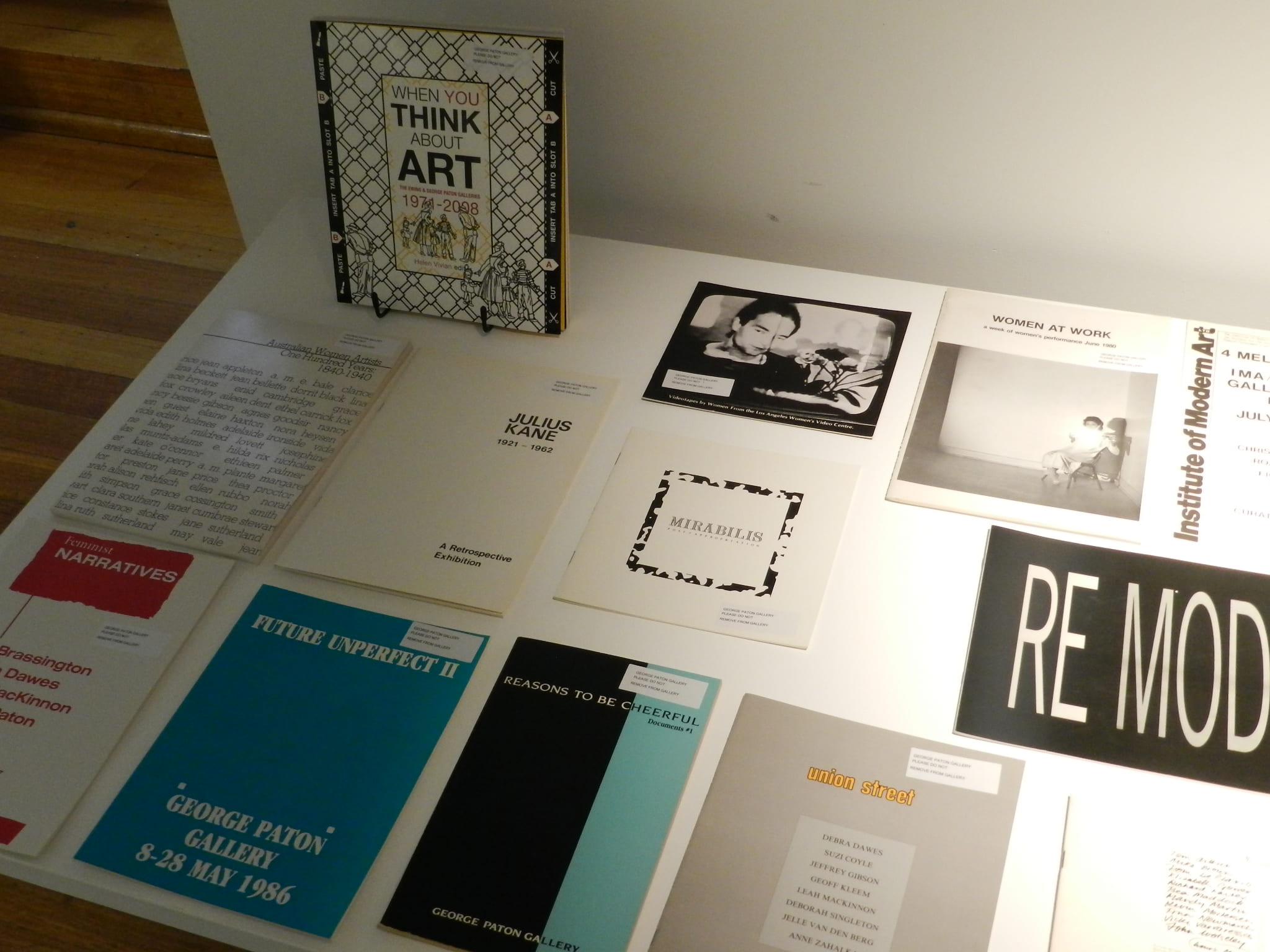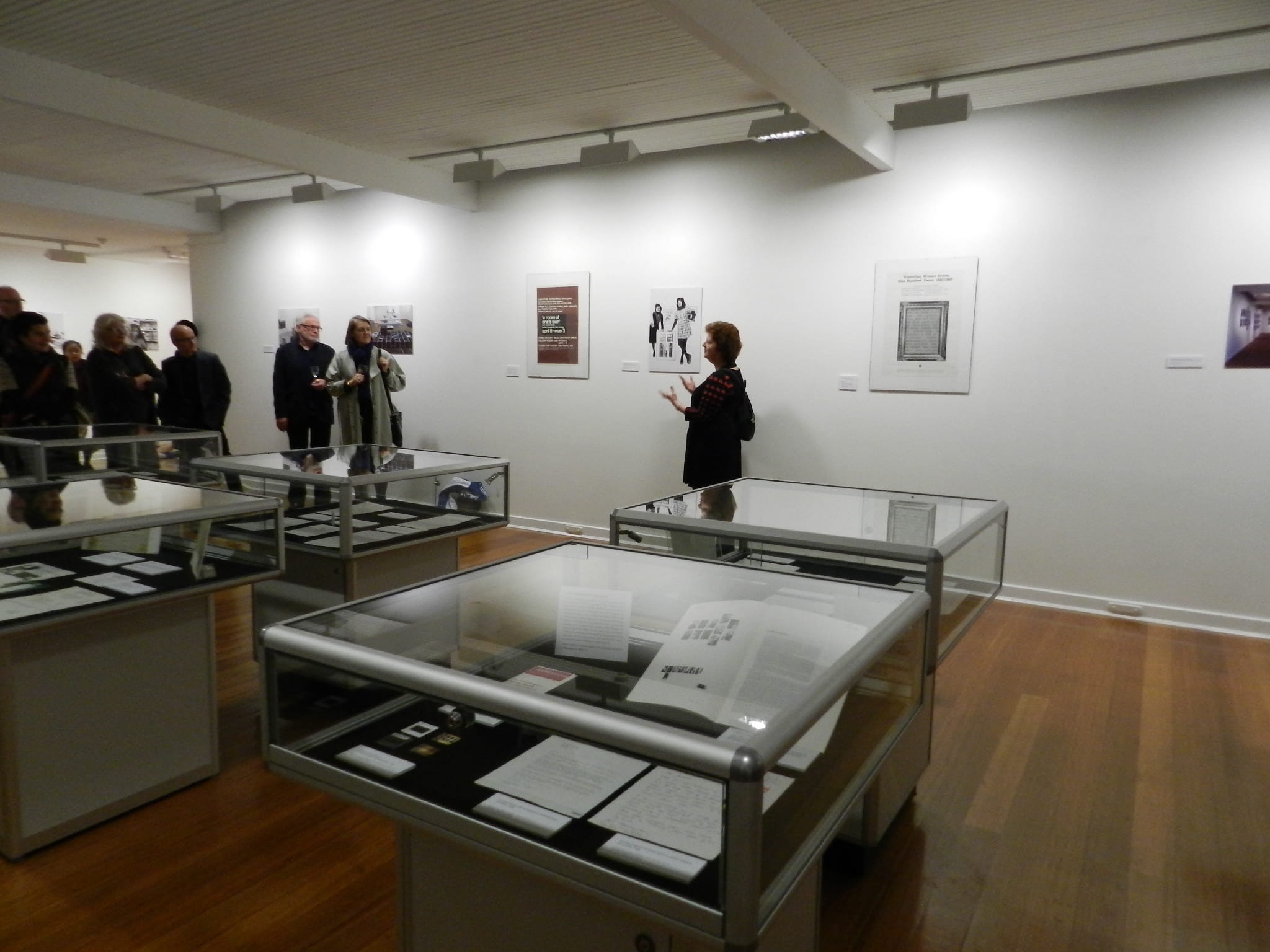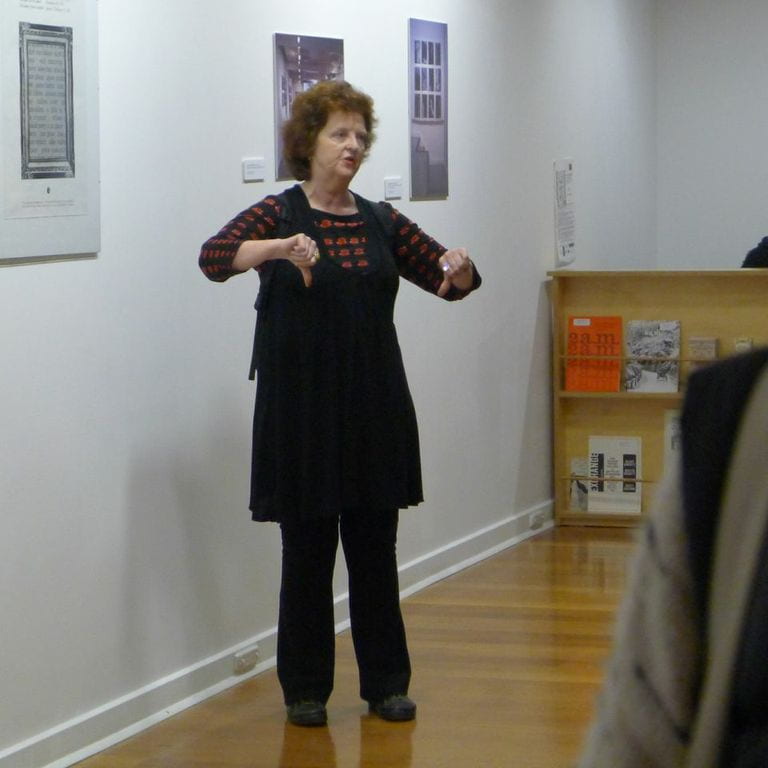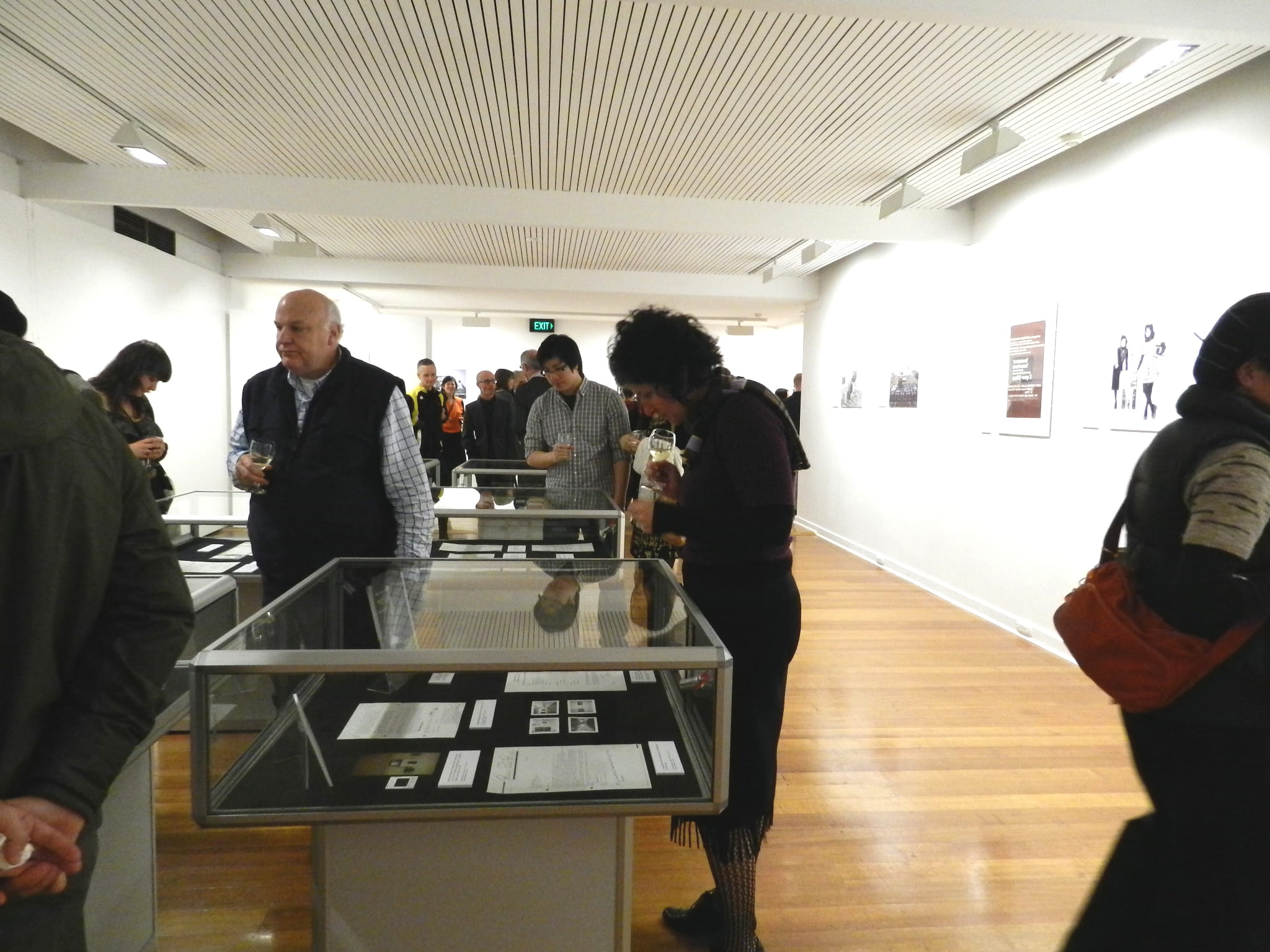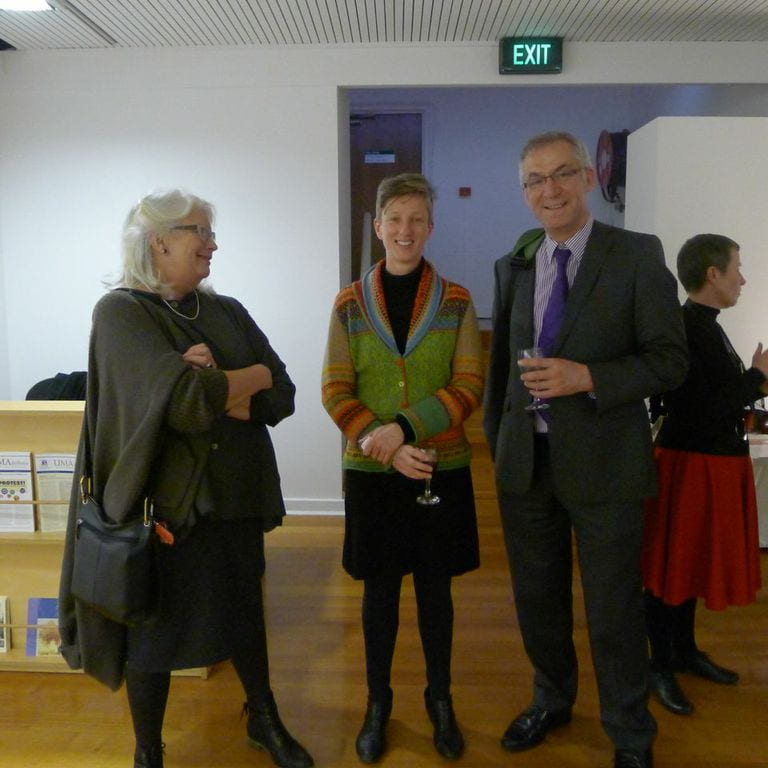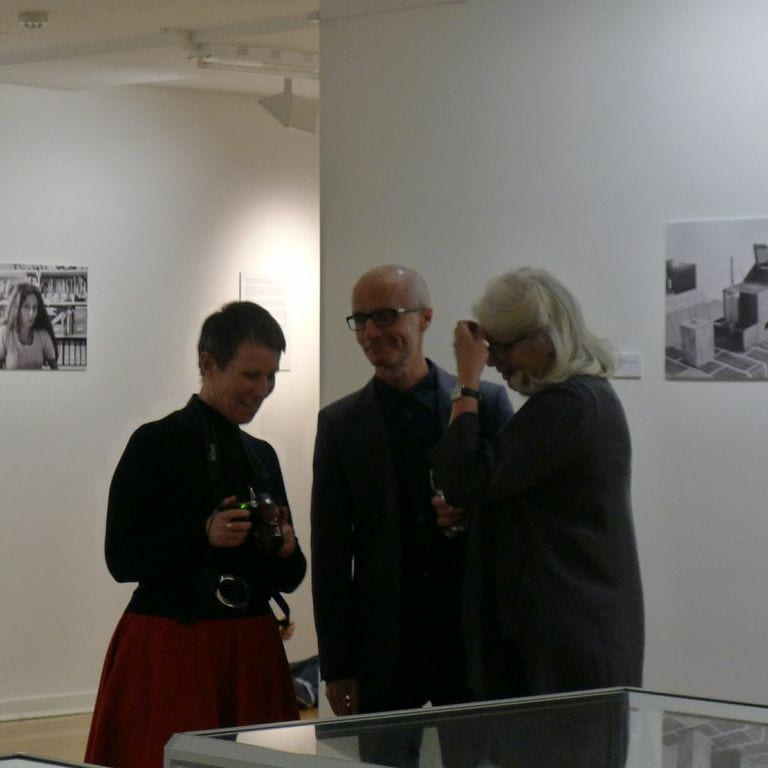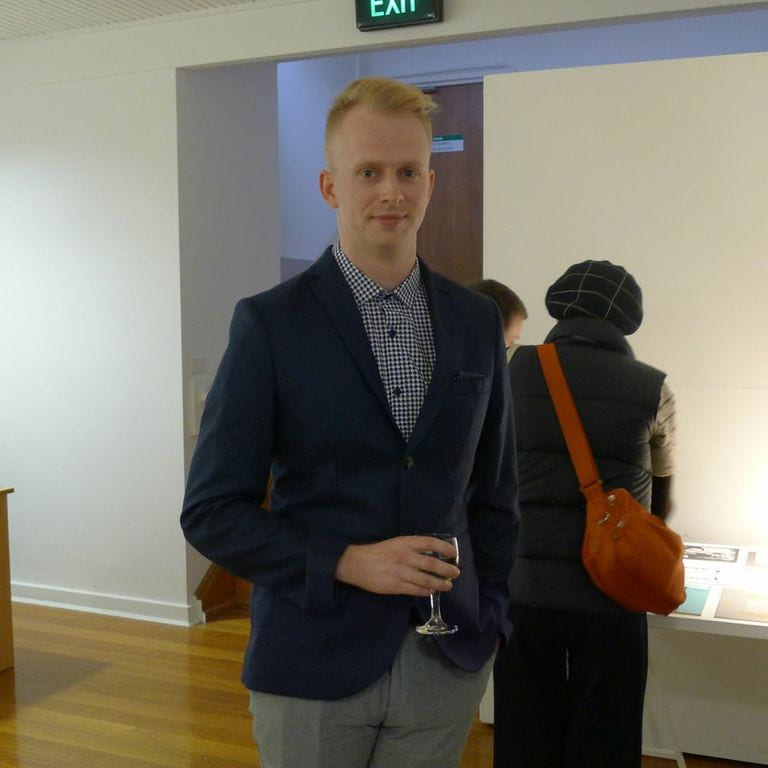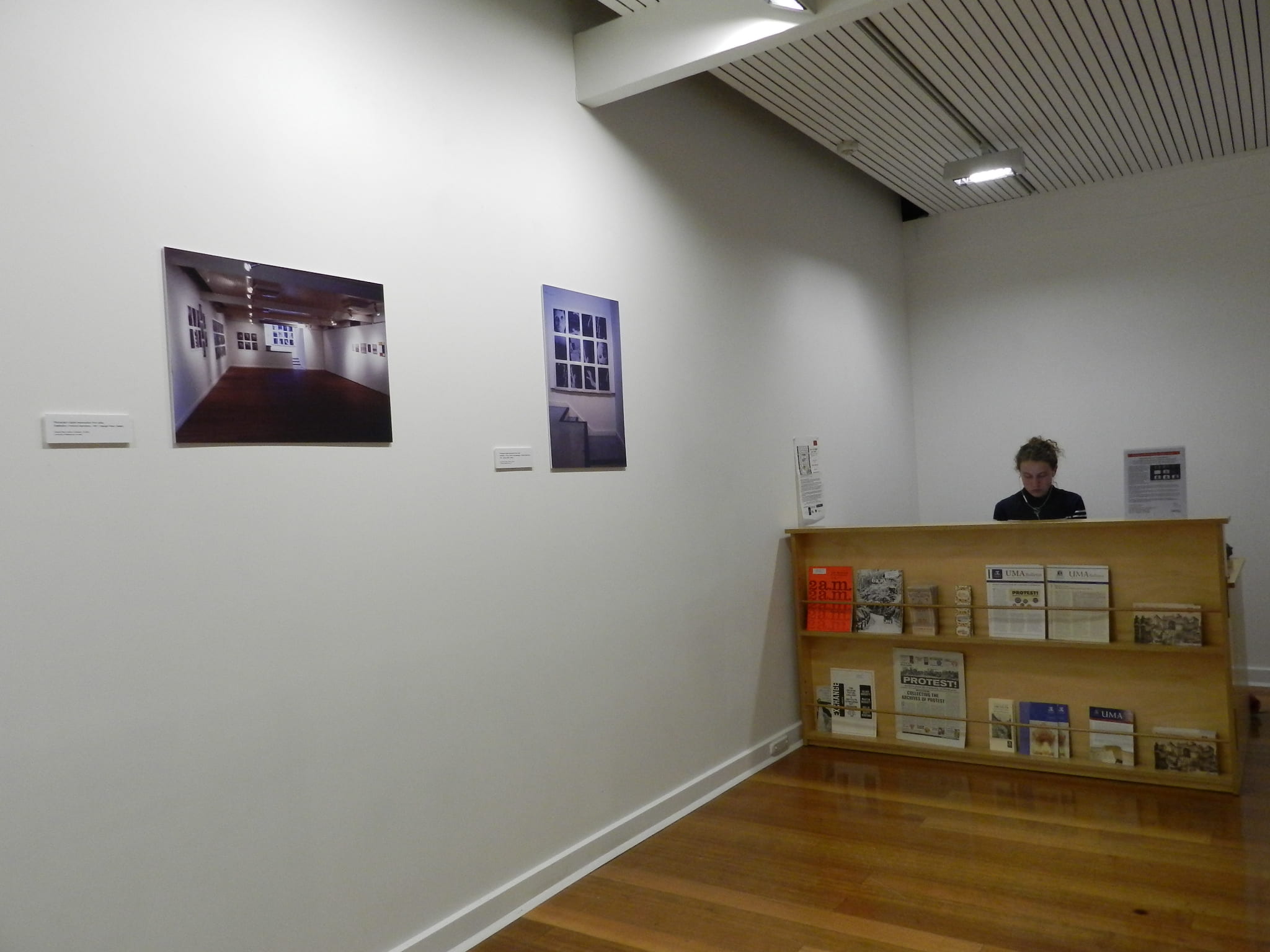Covered in Silk & Satin: Embroidered Bookbindings
Among the decorative and fine bindings held by Special Collections are two examples of fabric/ textile bindings with embroidered decorations.
Embroidered book covers were popular during the sixteenth and seventeenth centuries, though earlier examples, such as the fourteenth-century embroidered binding on the British Library’s Felbrigge Psalter (Sloane MS 2400), do survive.
Textile bindings were produced primarily by professional embroiderers, but were also made by individual female owners. They were very much in vogue in England during the first half of the seventeenth century, particularly as covers for small devotional books, such as this copy of The Book of Common Prayer (London, 1629) that measures just eleven centimetres in height. The cover is made of white satin over blue silk, with birds and flowers embroidered with different coloured silk set within frames of gold thread, with gold thread borders on the spine and both sides.
Along with silk and satin, velvet was another popular textile for book covers. The Special Collections copy of L’Office de la Vierge Marie pour tous les temps de l’anee (Paris, [1636?]), bound with Pierre Coton’s Dévotes oraisons pour tous chrestiens et catholiques (Paris, 1637), is in a contemporary green velvet binding, heavily embroidered with floral motifs in silver thread and sequins, bordered on three sides by silver wire.
Resources
Much has been written on embroidered bindings. The British Library’s English Embroidered Bookbindings webpage provides a brief history of the subject and includes a select bibliography for further reading. One of the texts listed, Cyril Davenport’s English Embroidered Bookbindings (London, 1899), can be read on-line.
In addition to the resources noted by the BL, one can add the relevant sections in Bernard Middleton’s A History of English Craft Bookbinding Techniques (London, 1978; pp. 121–124), David Pearson’s English Bookbinding Styles, 1450–1800 (New Castle [DE], 2004; pp. 20–22), and Marianne Tidcombe’s Women Bookbinders, 1880–1920 (New Castle [DE], 1996; pp. 77–90).
Embroidered bindings can also be found throughout social media. They have been blogged about elsewhere (e.g. The Collation, Echoes from the Vault); there are pages in Pinterest (page 1 and page 2) and on Flickr (University of Glasgow Library); and one binding has even made its way onto YouTube compliments of the Bridwell Library, Southern Methodist University.
Further examples can be seen on the Princeton University Hand Bookbinding website, and over 120 specimens can be found in the British Library’s Database of Bookbindings.
Anthony Tedeschi (Deputy Curator, Special Collections)
—
The Booke of Common Prayer (London: Imprinted by Bonham Norton and John Bill, 1629), bound with The Whole Booke of Psalmes (London: Imprinted [by Felix Kingston] for the Company of Stationers, 1630)
L’Office de la Vierge Marie pour tous les temps de l’anee (Paris: Robert Denain, [1636?]), bound with Pierre Coton’s Dévotes oraisons pour tous chrestiens et catholiques (Paris: Marin Vaugon, 1637)


